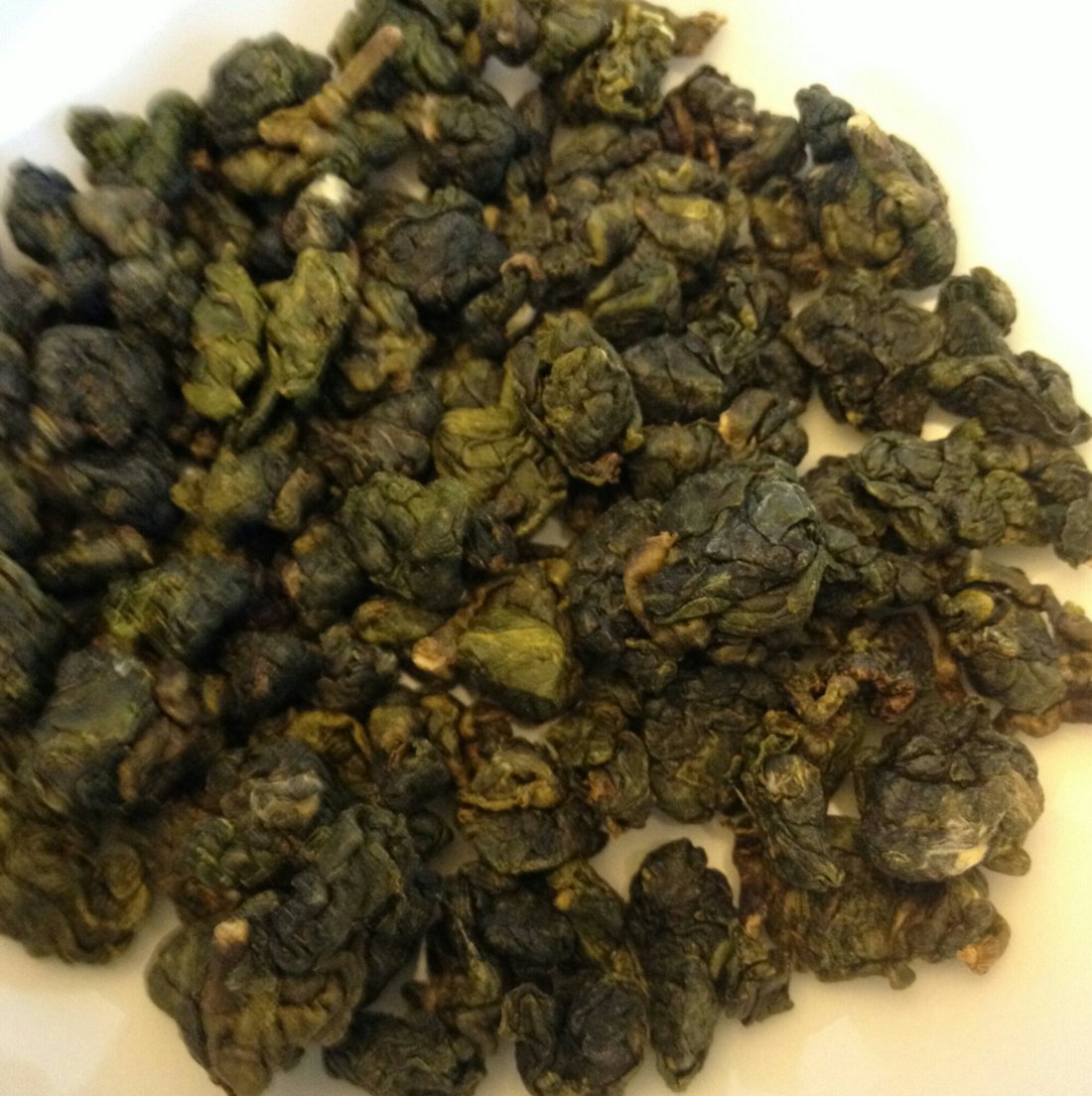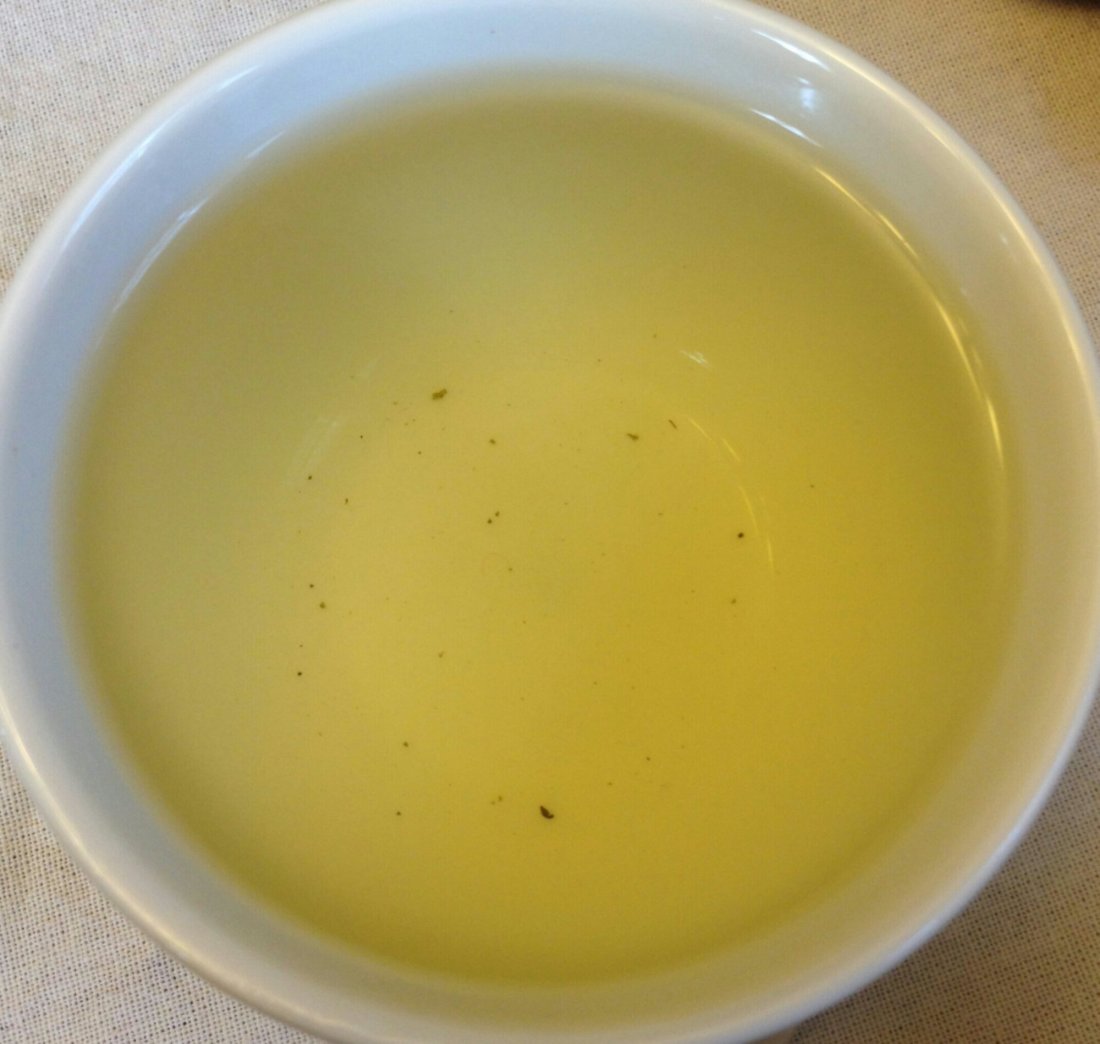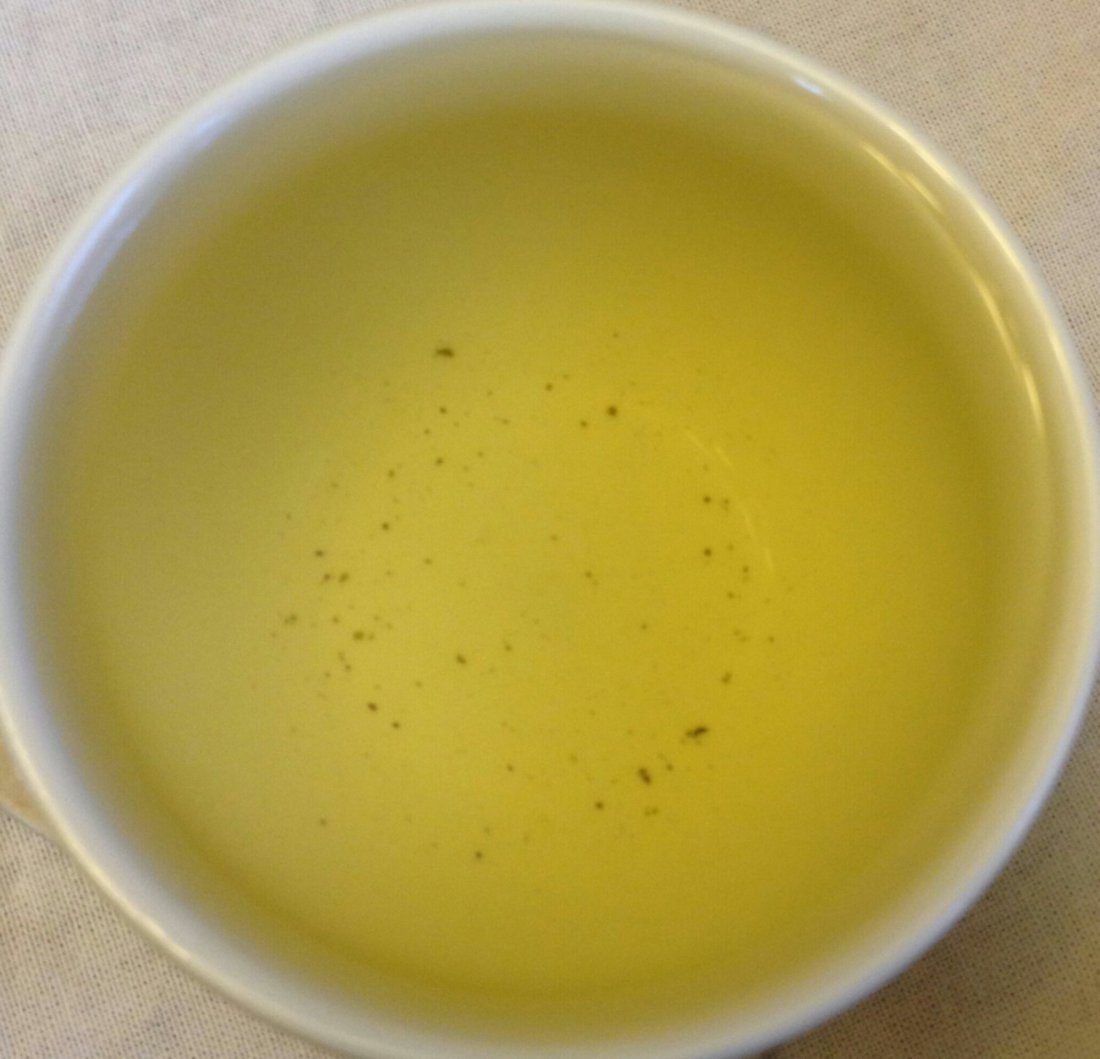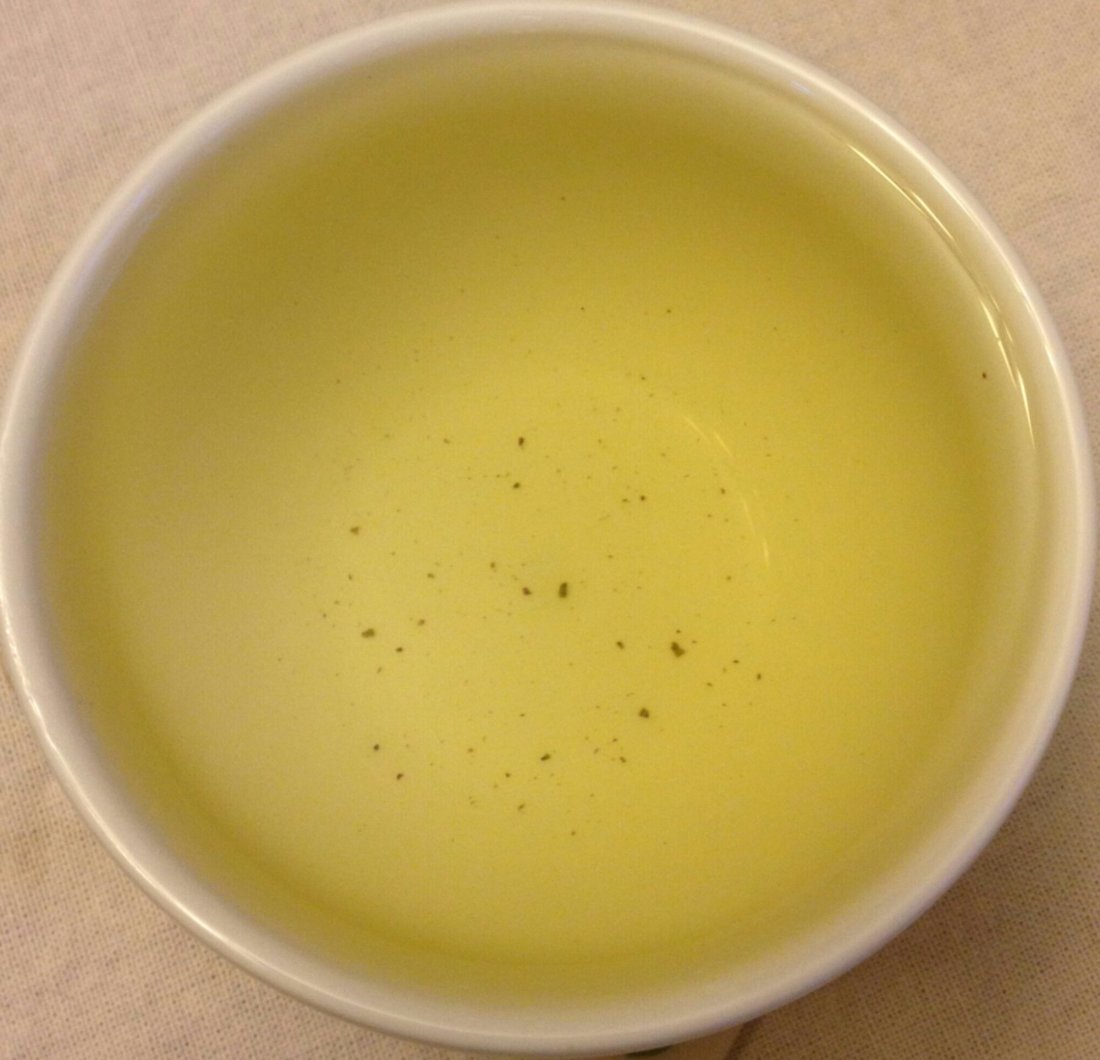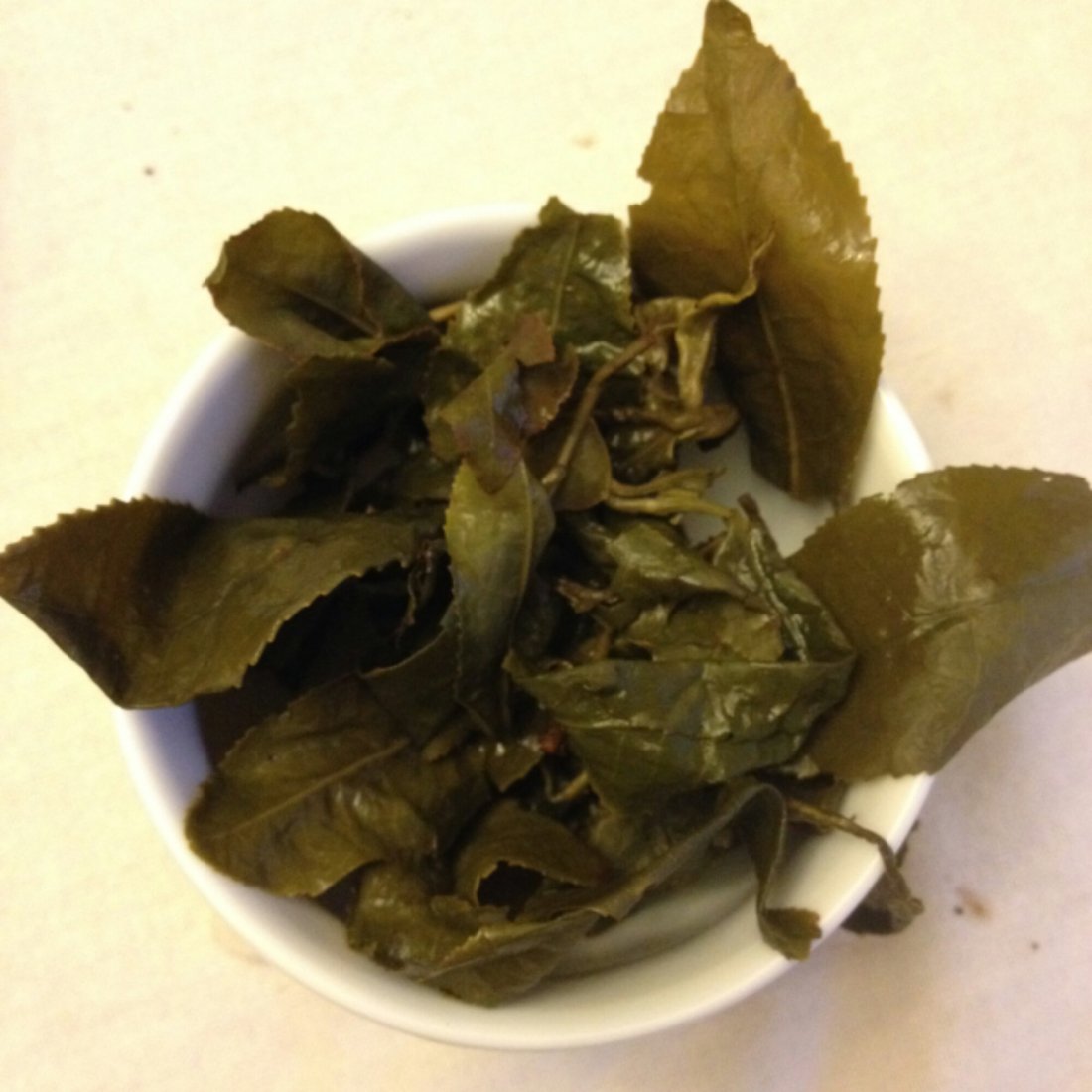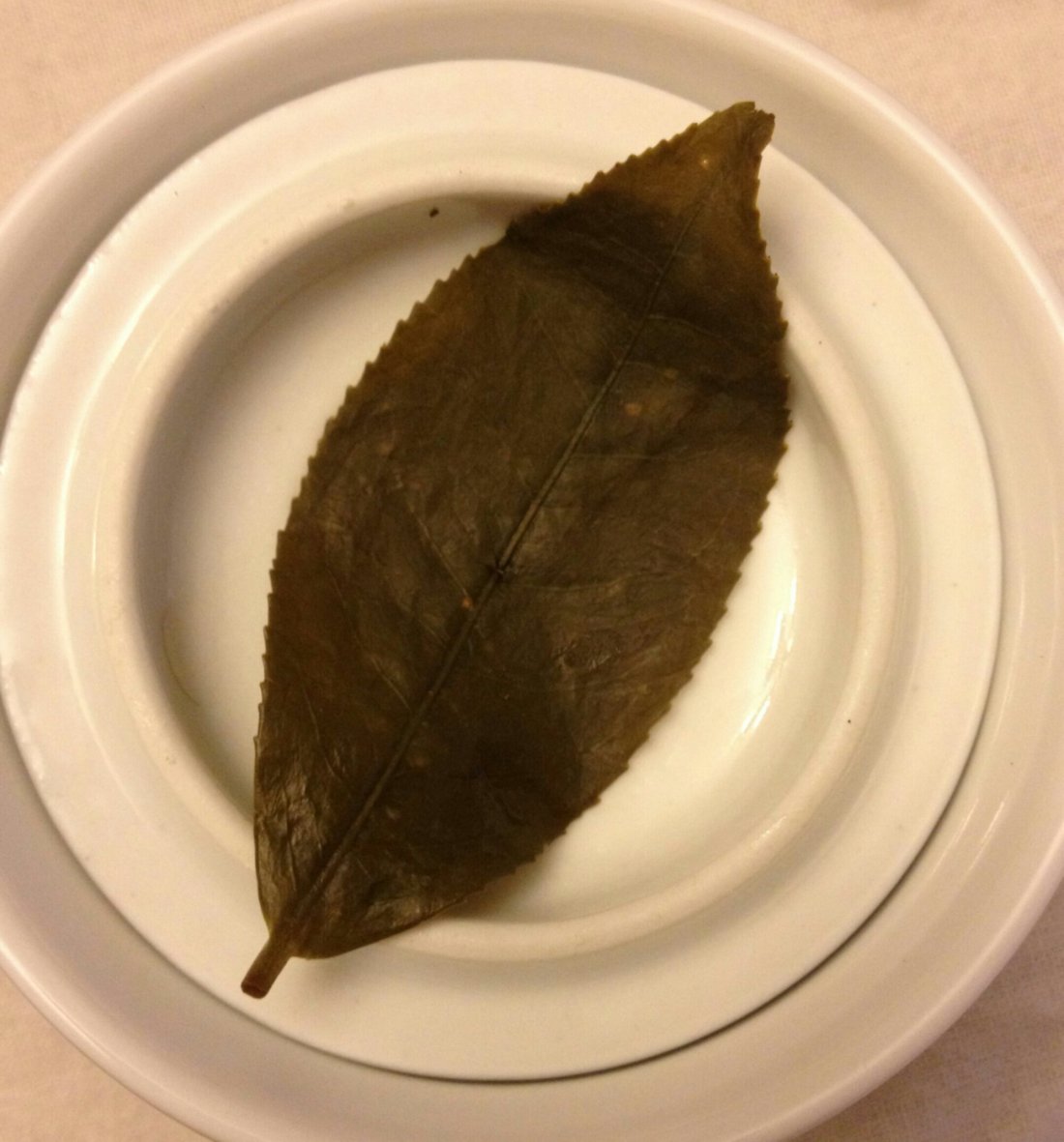As I returned to my daily profession on Friday, after two and half days of holiday celebration, I was comforted by the gift of an attractive silver package from Teavivre. Among these samples, Da Hong Pao Rock Wulong (Wuyi, China), Jin Xuan Milk Oolong (Alishan, Taiwan), Lu An Gua Pian Green (Anhui, China), Premium Tai Ping Hou Kui Green (Anhui, China), and Yunnan Dian Hong Black (Fengqing, China). I cannot think of a more welcoming package of teas to receive.
Today, I decided to start off my reviews of the Teavivre products with the Jin Xuan Milk Oolong. Pure, unflavored Jin Xuan is among my favorite varieties of Taiwanese wulongs. Any time I have an opportunity to sample this variety of wulong, I take it. Since my loose leaf tea brand, He Cha Tea, currently offers pure, unflavored Jin Xuan, it is always insightful to compare it with other brands. Thankfully, to this point, the Jin Xuan that my brand offers, which we call Mount Ali Milk Oolong, has been the best that I have tried. Thus my continuing to purchase from that source. However, I will never stop trying to find better products and good sources. It appears that Teavivre’s Jin Xuan is grown slightly north of my current source, being from the Alishan area of Nantou County. My current source is from Mei Shan Township, located in the Alishan region of Chiayi county, slightly south of Nantou County.
That being said, let’s give Teavivre a well earned fair shake. Let the journey begin…
The dry leaves of this Jin Xuan were light to dark green in color. The leaves were in the common rolled semi-ball shape. Leaves appear to be mostly fully intact and still attached to the stem. Some leaves have no stem attached. The classic Jin Xuan aroma is present, offering scents of milk, heated butter, and some sweeter scents of brown sugar and molasses.
Four grams of dry leaves were placed in the 8.5 ounce (240 ml) kyusu teapot. Filtered tap water was heated to 205ºF (96ºC). Leaves were infused for three minutes.
The first infusion had a light golden yellow color with a slight green tint, clear and transparent. The aroma had scents of cream, heated butter, honey, sweet vegetables, and orchids. The body was on the lighter side of medium, with the classic creamy mouth feel of Jin Xuan. The taste had notes of cream, light honey, sweet vegetables, and orchid flowers. The aftertaste had a lasting floral taste with a touch of sweet cream. The essence of flowers can be felt in the sinuses for a noteworthy duration. No doubt about it, this is a very good Jin Xuan. It is good enough to do a side by side comparison with the current Jin Xuan from He Cha Tea. The other Jin Xuans that I have tried were not even close in quality to my current product, thus never got to the side by side comparison level. But this Teavivre Jin Xuan is definitely worthy of further evaluation. Let’s see what the second and third infusions can offer.
The second infusion has a slightly darker shade of color to it. The aroma was quite similar to the first, with a slight lightening of the cream and butter scents. The taste balanced out nicely, lightening on the cream and making the sweet vegetable taste more apparent. Nothing negative to report on the second infusion.
The shade of the third infusion lightened some, being more similar to the first infusion. Again, the aroma maintained much of it’s character, but lightened on the cream and butter scents, and strengthened on the sweet vegetables. The body lightened some, and the taste again lightened on the cream and the notes of sweet vegetables became more apparent. Not quite as good of a balance as the second infusion, but still a very good tasting infusion. I am still enjoying a decently long flowery essence in the sinuses.
The infused leaves had a uniform dark earthy green color to them, with some reddish edges. Most of the leaves are fully intact, and others are large fragments. The typical Taiwanese wulong pick of the bud and three leaves is apparent. Some leaves are detached from the stems, but most are attached. There are some very nice Jin Xuan specimens in these leaves that show off the long, yet broad leaves that are characteristic of the Jin Xuan cultivar (see photo below). The leaves have a smooth, leathery feel, and are durable enough to suggest that an additional infusion or two may be expected to produce an acceptable flavor. The leaves gave off a buttery, sweet vegetable scent.
My current studies have informed me that the popularity of the Jin Xuan cultivar is on the decline in Taiwan. It appears that it was very popular in the 1990’s in Taiwan, but the people have since moved on to new favorites. Hopefully the growing market in the U.S. will give these farmers enough incentive to keep this tasteful and unique cultivar on their farms.
To the fine people at Teavivre, this first review of your Jin Xuan Milk Oolong was a nice success! Although I always hope that the Jin Xuan that I sample is not better than my current product, I have to admit that your Jin Xuan is worthy of taking the next step and having a side by side tasting. Looks like Jin Xuan is going to be the story of my night, and that is not a complaint! Thank you very much, Teavivre, for giving me an opportunity to sample your Jin Xuan, and I am certainly excited to move on to your other samples. Cheers!
Thank you for taking your time to read this review. Please leave a comment and start a discussion.

